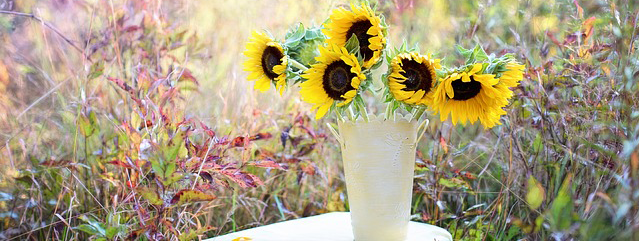
Every Thanksgiving I think about all that I’m grateful for, but this Thanksgiving is different, which isn’t to say I’m not grateful for a heated home, warm clothing, plenty of food in my refrigerator, my husband’s culinary skills, a fluffy pillow on which to lay my head every night, hot tea with local honey every morning, and, of course, family and friends. I am grateful for all of those things, and much more, including the time I cherish for writing. So how is this year different? The ever-widening wake of divisiveness ripping through our country, and beyond, has knocked the wind out of me with such great force that I’m finding it difficult to breath deeply these days, deeply enough so that I am fully sated with gratitude. (Just so you know that wasn’t easy to admit.) For as long as I can recall, no uninvited change of events, or individual, not even someone the likes of _______ (I still can’t say his name) has left me so winded.
But, as I write this somewhat depressing post (it gets better, I promise), I realize that, hey, it’s Thanksgiving, and I cannot, will not, let ______, or the divisiveness, continue to deprive me of the air I need to take full breaths. After all, if I don’t, what good am I? If I don’t breath in all the gratitude my belly can house, then I’m giving up. And isn’t giving up a selfish act? Just writing that makes me queasy. So, what next? My closest confidante tells me to act. But easier said than done, right? Maybe not. Maybe to act means starting small, even if small doesn’t seem like enough. Maybe to act means to listen – to others, all kinds of others. Closely. Maybe to act means to be proactive; to ask what others need before they have to ask for that need; to offer food or drink or a hat to people on the street before they have to beg for it; to speak out and give on behalf of others who have been tongue whipped into believing they have no voice at all.
I think I’ll act this Thanksgiving by asking my eleven-year old niece if she has any ideas about how to be proactive since _______ was elected. Who knows, maybe she’ll come up with one, or two or three, that will knock the wind out of me – that kind of breathlessness I welcome.
I hope you, too, will follow along, and fully breathe with me, because, hey, I need you; no one can do it alone. With that, I offer you a heaping serving of gratitude for listening to me. Thank you. Wishing each and everyone of you a happy Thanksgiving.
P.S.
For dessert, here’s what else I’m grateful for:
My mother-in-law’s stories, and crocheted hats
The change in seasons
The awareness to listen
Sleep
Warm baths
Good wine
Good books
Flowers any day of the week
A lit candle
Things that make me laugh
Anything that makes me cry
A homeless man who says he likes my smile and to keep smiling
The time to volunteer
Visiting with my ninety-four-year-old neighbor
Pain (a reminder that I’m alive)
Relief from pain
My mother’s every-other-day phone calls
The nursing home staff who take good care of my father
My brother’s generosity, and humor; and his wife’s cheerful spirit
My three stepdaughters, who don’t mind my quirks
My niece, who still likes to play with my hair
My eight-year-old nephew, who still lets me give him smooches on the cheek
Chimes singing with the wind
Rabbits
The smell of a newborn baby
Holding a baby (someone else’s baby)
Walking barefoot in the sand or grass
Popcorn, lots of popcorn
Dark chocolate
My husband’s hands on my feet
My husband singing to me
A dog’s wagging tail
Personalized cards in the mail
All of those who have helped me become the writer I am today
Quiet time
Surviving
Being alive
Read More
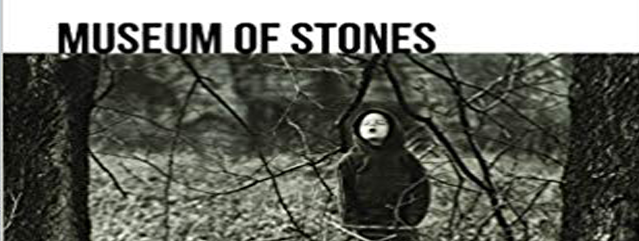 Exciting news! My conversation with Lynn Lurie, about her latest novel Museum of Stones, is now live at Heather Feather Review. Check it out!
Exciting news! My conversation with Lynn Lurie, about her latest novel Museum of Stones, is now live at Heather Feather Review. Check it out!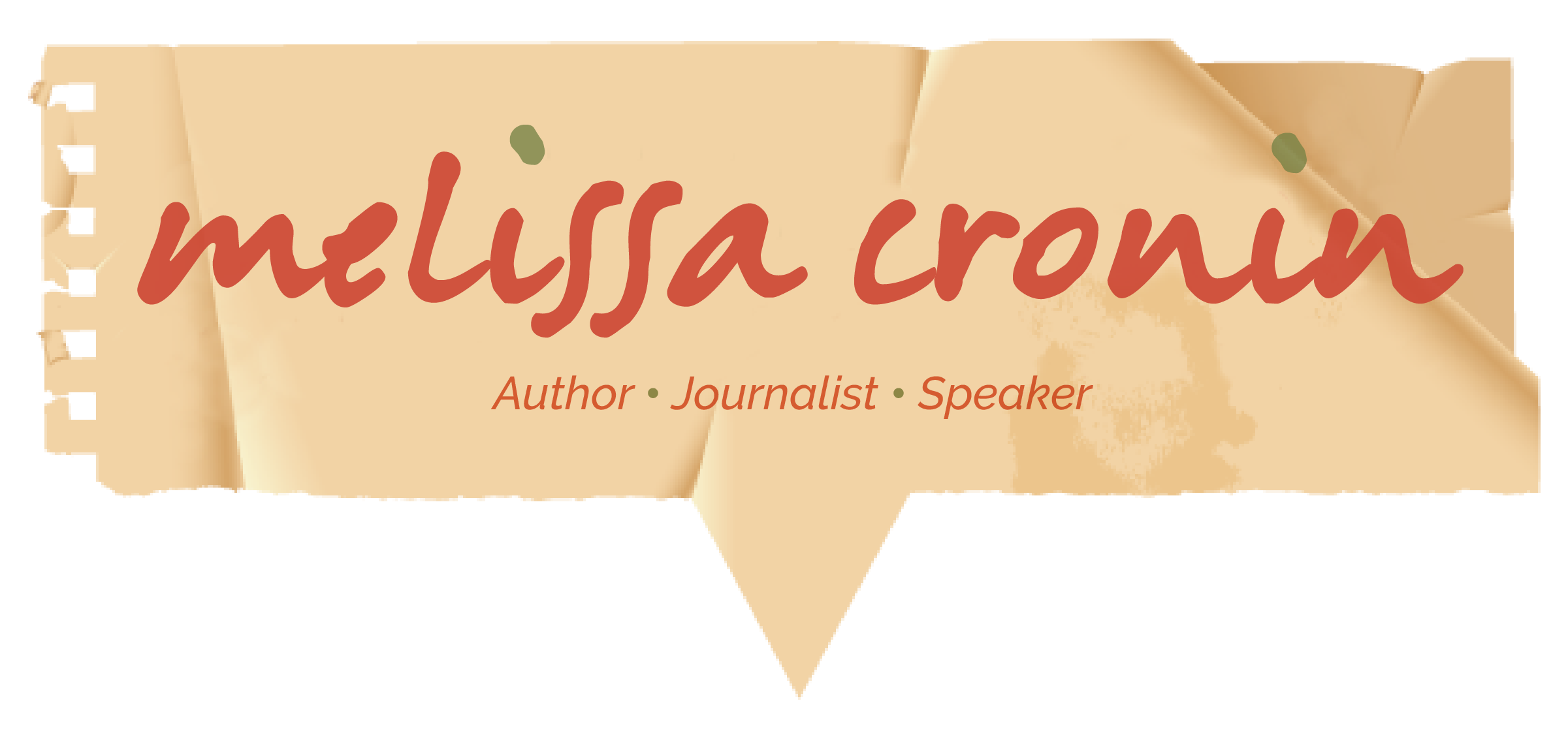
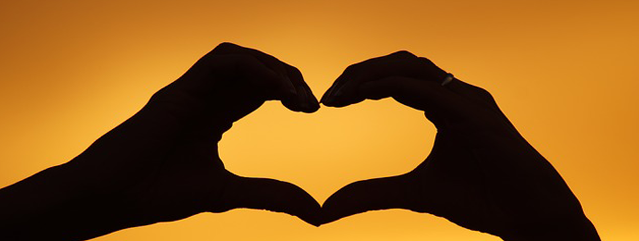

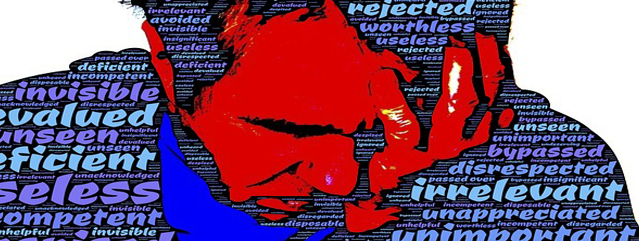
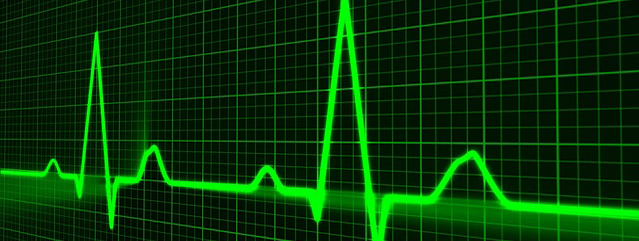

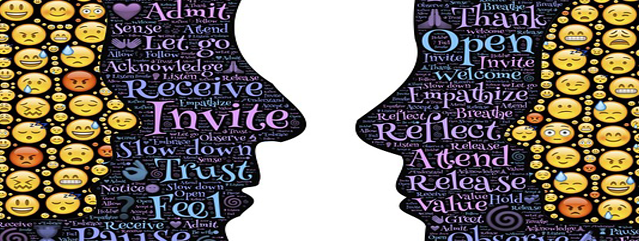

Recent Comments